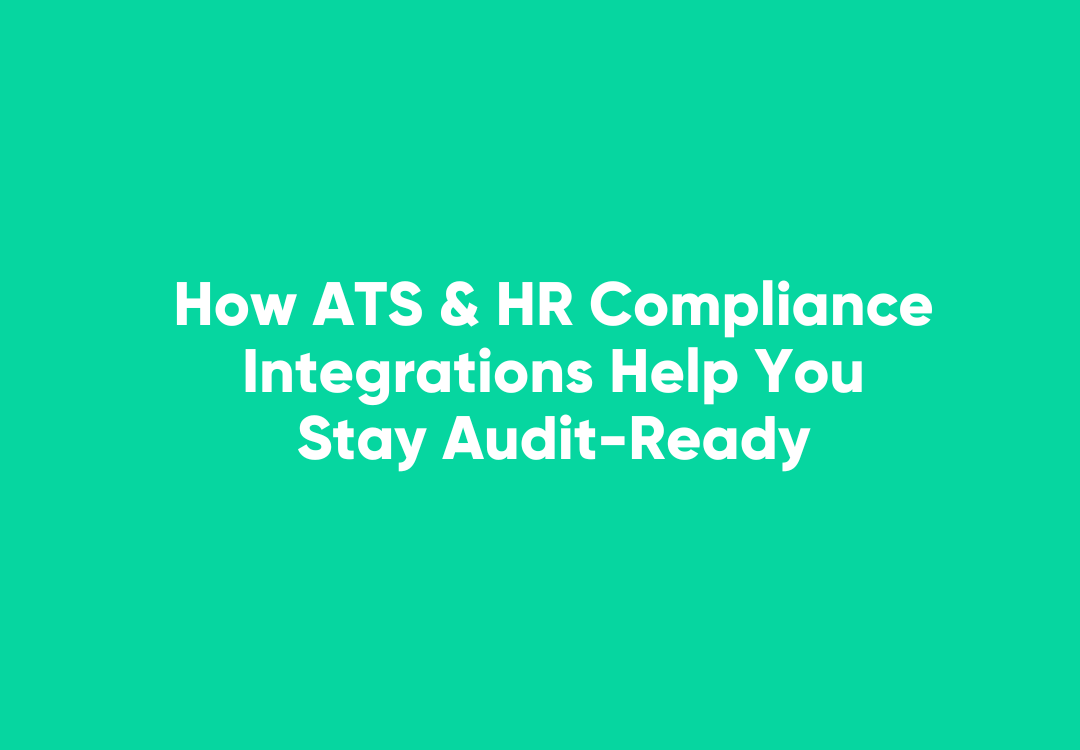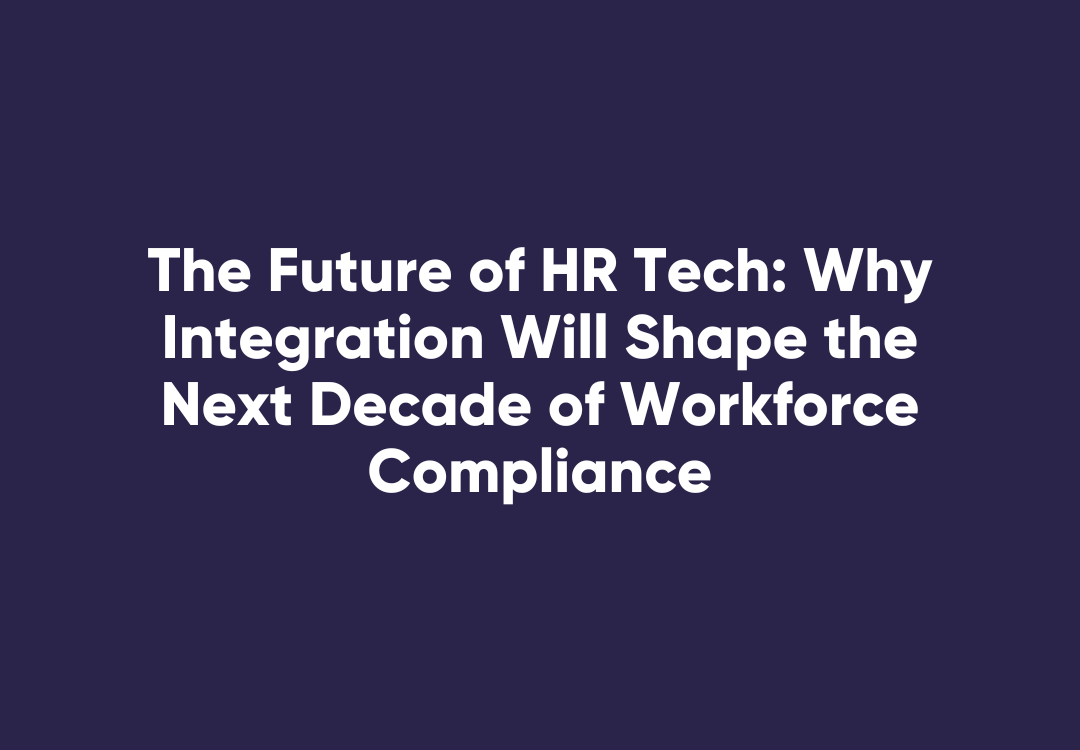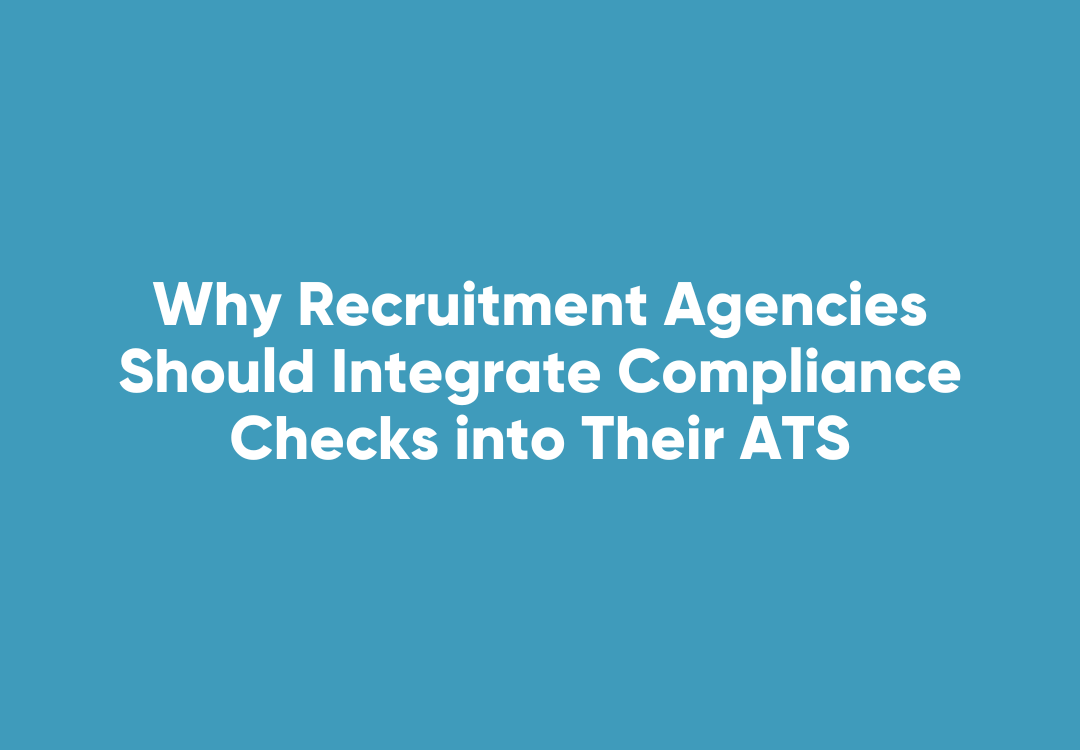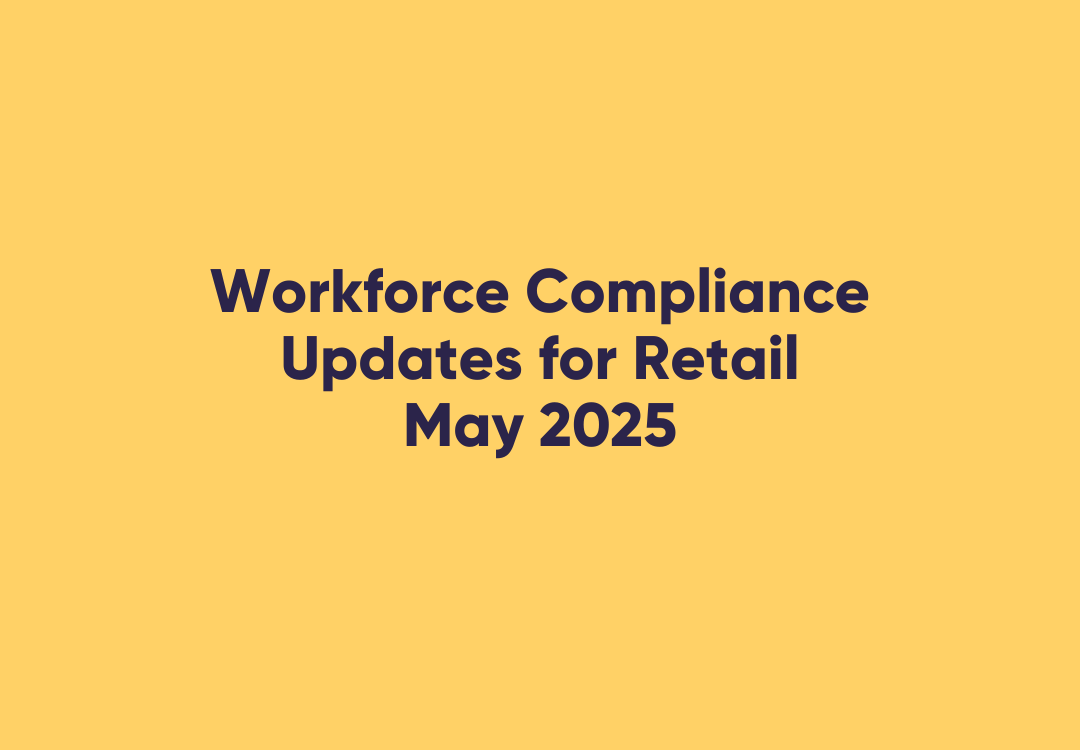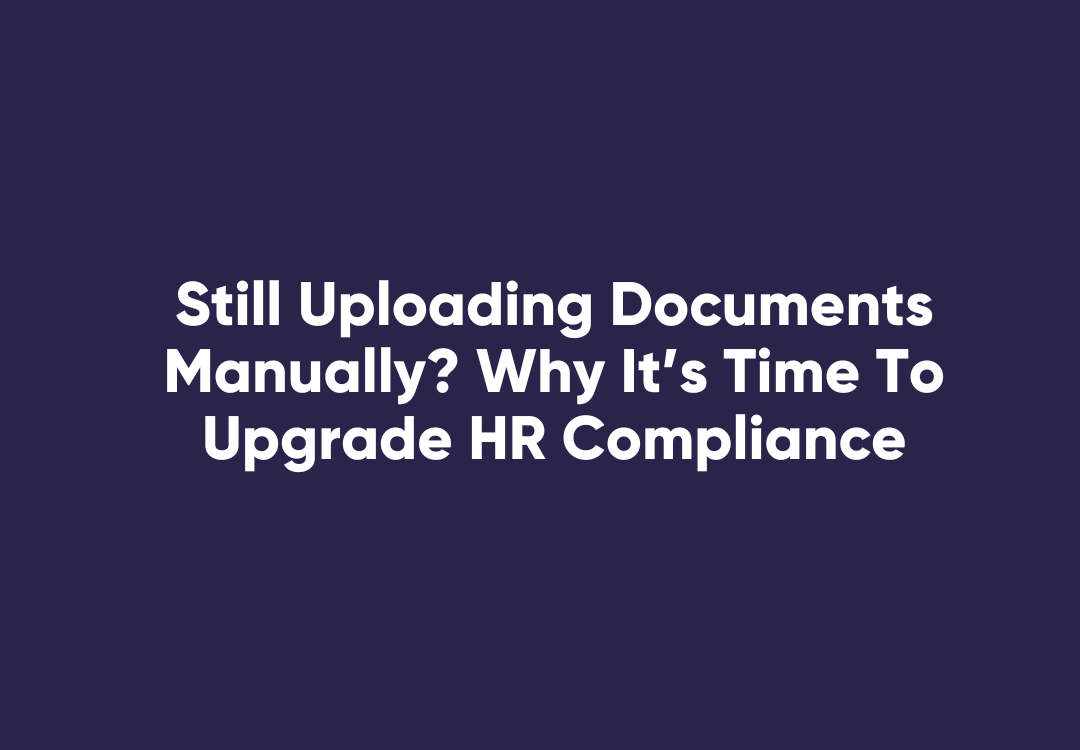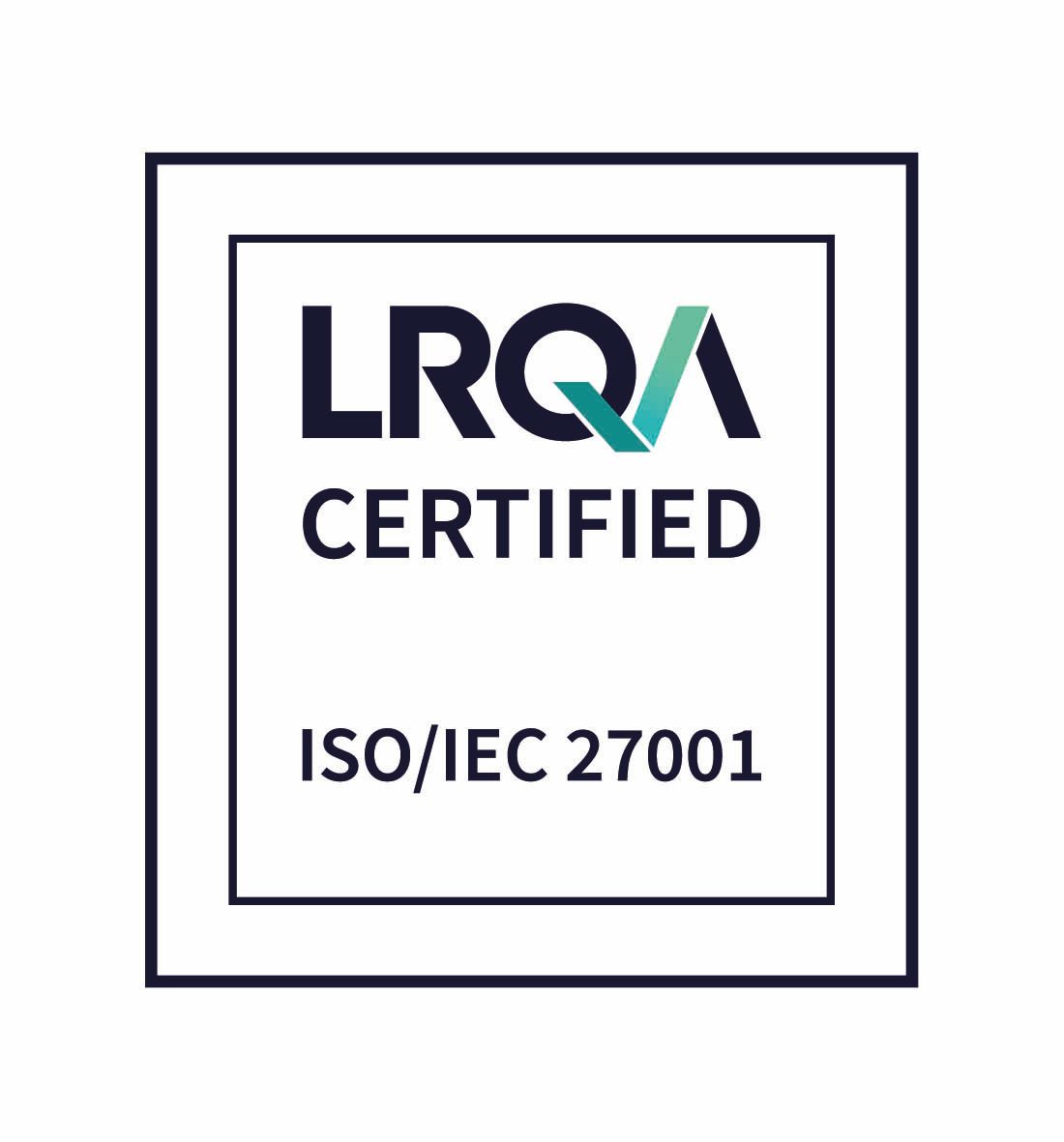Are You Really Managing Your Hospitality Workers’ Safety?
Tragically, 200 workers were fatally injured at work in 2023, compared to 195 in 2022, according to Safe Work Australia’s Key Work Health and Safety Statistics Australia 2024. Employing people in restaurants, hotels and pubs can prove to be a surprisingly dangerous work environment. The industry often hires young workers, or employees in their first role – think dishhands, waiters, bar tenders and cashiers – so many in the industry are inexperienced.
The hospitality industry also experiences very high staff churn, with people employed part time, and working weekends or late nights. This can present serious work safety risks, so it’s crucial that potential hazards are properly identified and managed. As an employer, you are responsible for providing a safe workplace, along with the necessary training and instruction.
Here’s a few key topics that you need to keep in mind for your workforce:
Lifting & Pushing
Around half of all hospitality injuries occur while staff are performing a manual handling task, such as lifting heavy or awkward objects like kegs, moving deliveries, or restocking the storeroom. These injuries are usually musculoskeletal-type injuries that can cause pain to knees, backs, or elbows, or result in muscle tears and contusions.
You can mitigate this risk by educating your employees on how to correctly lift objects – with their legs, rather than their back, and keeping the object close to the body. Similarly, teach your employees to ask their colleagues for assistance if necessary.
Slips, Trips & Falls
With wait staff constantly on the go and on their feet, slips, trips, and falls are inevitable. Hospitality businesses are also a hot bed for liquid spills on the floor. As a starting point you need a process to deal with food and beverage spills. You also need to ensure that there are no crowded thoroughfares – a side benefit of proper traffic management in your venue means that the service also flows smoothly.
Similarly, ensure that staff are wearing appropriate footwear – designed for employees who spend extended hours on their feet. Slip resistant covering for floors in the back of house can also be a great preventative measure.
Finally, old pipes or lines have a tendency to leak, especially around bar counters, taps, basins or sinks. While it is tempting to come up with a quick fix in these situations to keep things up and running, it’s a much safer and more responsible option to have these problems rectified.
Hot Surfaces & Substances
Make sure that all of your kitchen staff understand how dangerous substances and surfaces can be when hot and how best to deal with burns if/when an accident occurs.
It’s vital that your staff wear correct safety attire, so that there’s no opportunity for exposed skin to come into contact with hot surfaces and substances. For example, sleeves to cover arms, pants without cuffs so they can’t trap hot liquids, and the classic tall white toque to contain hair. Safety measures should be reinforced via education, along with appropriate delivery of safety messaging throughout their employment term so complacency doesn’t creep in.
Cutting Equipment
Along with the open flame of a gas cooktop, another unfortunate necessity for professional food preparation is a finely honed knife. Not to mention other commonly used kitchen objects such as skewers, graters, and food processors. Every chef has their favourite knife. However, that doesn’t mean that they should try it out on themselves while julienning vegetables.
Occupational Violence
Finally, occupational violence is an unfortunate reality in the hospitality industry – whether it’s from a temperamental chef, or a customer complaining about their food.
New or young staff may not necessarily be equipped to deal with this type of hazard, and so it’s vital to make sure your staff are taught de-escalation techniques, as well as who to alert when there is a threat of violence. All workers deserve to feel safe in their workplaces, and hospitality is no different – so make sure there are processes in place in order for this to be a reality.
This is a short list of just some of the hazards in hospitality – you also need to consider the dangers of overly repetitive work such as cleaning floors, along with exposure to hazardous substances like cleaning chemicals.




